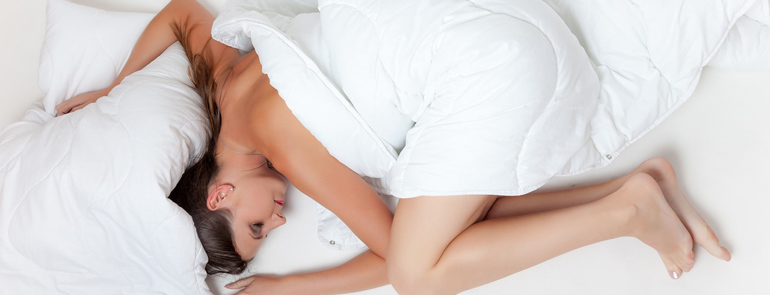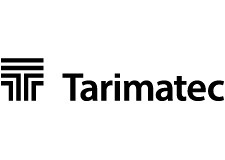One of the most important aspects in the satisfaction of a hotel guest is sleep quality. The body needs to replenish energy and sometimes, away from home, this is a rather complicated issue: the mattress is unfamiliar, it is difficult to regulate the temperature, annoying noises appear...
Therefore, one of the great challenges of interior design and contract equipment is to make the guest feel at home; and in this respect, sleep quality is essential.
There are basically four elements involved in sleep quality with which we can work from the contract: the sleep systems (mattresses, pillows...), acoustics (insulation from outside noise), temperature and lighting.
Since acoustics was the subject of the last WEcontract session and sleep systems will be discussed on July 7, we will give prominence to the lighting here (in another post we will discuss the subject of temperature).
In this case, light insulation is very important, i.e. keep the room in total darkness since this induces the release of melatonin, a hormone that promotes sleep. Therefore, the element we use to prevent light entering through the windows must ensure that total darkness is achieved in a simple way. Both curtains and blinds can do this perfectly provided they are properly designed and kept in good condition. A curtain of sufficient size and close enough to the entrance of light can be better than a blind that does not close completely, but, depending on the architecture of the bedroom, the overall aesthetics and layout of the surrounding elements, one option can be better than the other.
The best practice, as in other cases, is to think of the project as a whole, decide what is best suited and, of course, place oneself in the situation (What use will it have? Where does the sunlight enter? Where do you have to place the regulation elements? Etc.).
In short, designing the project as if we were actual users of the establishment and not simply interior designers.
















